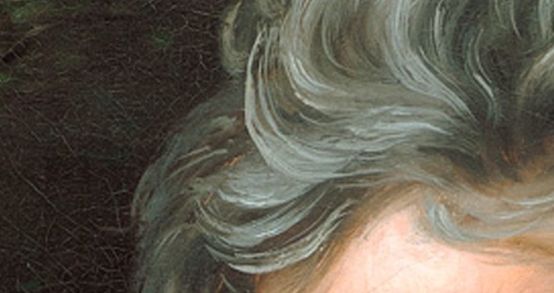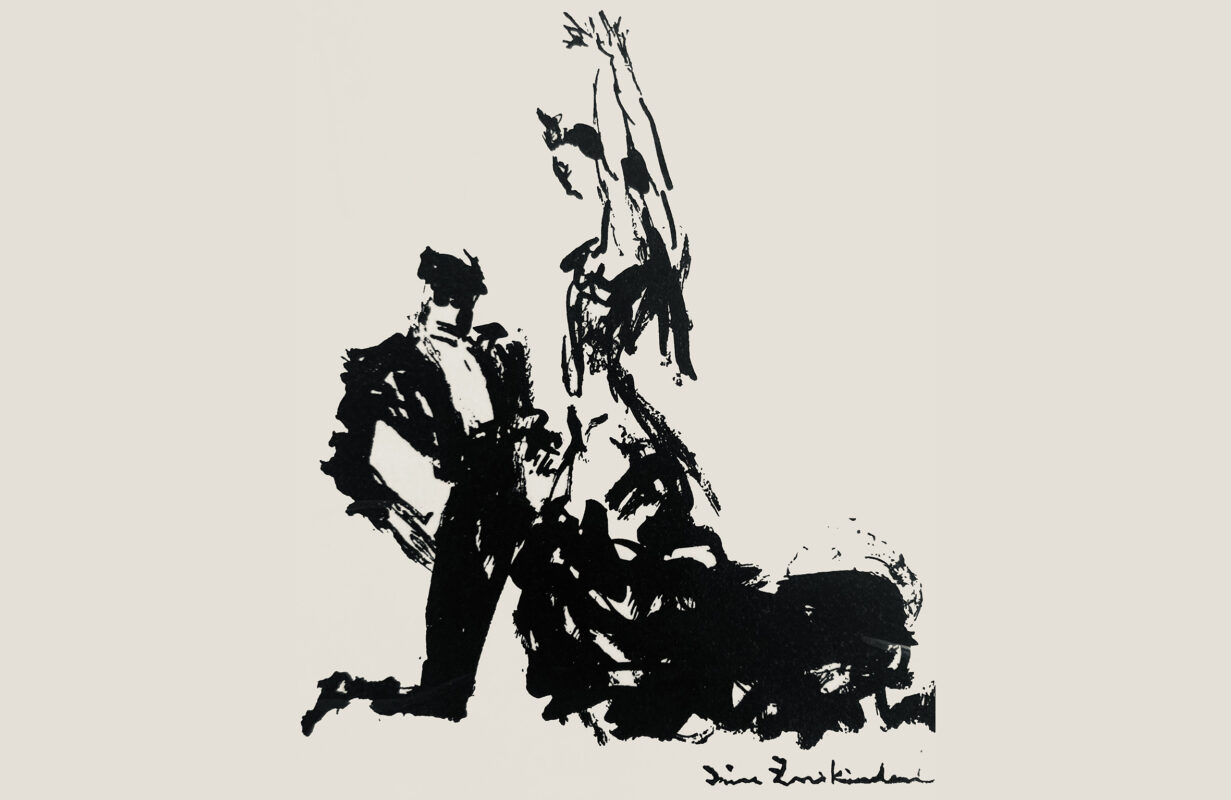Notturno for piano and viola
Beethoven every Friday: to mark his 250th birthday, we take a look at one of his works every week. Today on the Notturno for piano and viola in D major op. 42 (Hess A 13).

It is probably common knowledge that Beethoven was not only a composer, but also an outstanding pianist and as such successfully introduced himself to the music salons of the nobility upon his arrival in Vienna. The fact that he also took violin lessons from Wenzel Krumpholz (1750-1817), who was born in Bohemia and grew up in Paris, would have been lost in the maelstrom of history had it not been for Ferdinand Ries in his Biographical Notes (1838): "Beethoven was still taking violin lessons from Krumpholz in Vienna, and at the beginning when I was still we still sometimes played his sonatas together with the violin. But that was really terrible music, because in his enthusiastic zeal he didn't hear when he put a passage into the appliatura incorrectly."
I wonder if Beethoven was at home with the same fire on the viola, which he played in the Bonn court orchestra at the age of 18? In any case, his "Dienstbratsche" has survived to this day. Apart from the instrument's natural role in the orchestra or in chamber ensembles such as the string quartet and string trio, however, Beethoven (like almost all of his contemporaries) did not compose a complete work in which the viola is obbligato. The singular Notturno op. 42 (for piano and viola) is also only a foreign arrangement of the Serenade op. 8 for flute, violin and viola. It was probably made by Franz Xaver Kleinheinz (1765-1832), who worked as a piano teacher in Vienna at the beginning of the 19th century. According to the conventions of the time, however, he remains unnamed on the title page. In the small print, however, there is the addition "revûe par l'Auteur"which Beethoven also insisted on in a letter to the publishers Hoffmeister & Kühnel dated September 20, 1803: "the translations are not from me, but they are from me durchand have been completely improved in places, so don't tell me that you're writing that I've overlooked it, because otherwise you're lying and I wouldn't have the time or patience to do so."
The arrangement, which appeared at the beginning of 1804 as an independent opus 42, is certainly interesting. The original texture was transferred to the piano; although the viola is given an independent part, it does not function as the leading melody instrument (also in consideration of its middle register). Thus the nocturne remains a hybrid in terms of the movement, but produces an idiosyncratic, highly attractive sound effect (especially on period instruments).
Listen in!
Never miss an episode
Would you like to be reminded whenever a new blog entry is published? Subscribe to our newsletter or the RSS feed!








